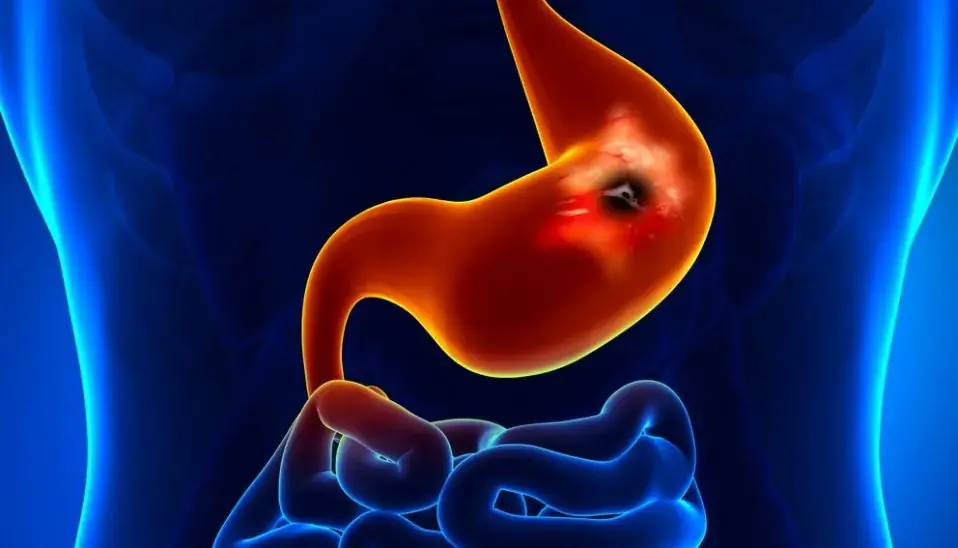
This Is What Happens To Your Lungs When You Dry Laundry Indoors

Nothing beats the crisp, fresh smell of linens dried outdoors. Unfortunately, in many places you can only enjoy that scent during warmer months. When winter arrives, clothes often end up drying inside — and with that comes an unpleasant, musty odor. This isn’t just an annoyance; it’s a sign of a deeper problem. Indoor drying raises humidity levels, creating the perfect environment for mold, dust mites, and fungi to thrive.
Scientists in the UK have studied this common habit and found that it can even trigger respiratory infections in vulnerable individuals.
Why Drying Clothes Indoors Can Be Harmful
A single load of laundry contains close to two liters of water. When clothes dry inside — whether on a rack, near a heater, or over a radiator — that moisture evaporates and is released directly into your living space. Studies show that this can increase indoor humidity by up to 30%.
That elevated moisture encourages the growth of mold spores and dust mites. For many people, this can lead to discomfort, but for those with asthma, allergies, or sensitive lungs, the impact can be far more serious.
What Experts Have Found
Professor David Denning and researchers at the National Aspergillosis Centre in Manchester report that indoor laundry drying significantly raises exposure to Aspergillus fungal spores — a major cause of respiratory infections.
According to Professor Denning:
-
Most people can fight off these spores without issue.
-
However, individuals with asthma, weakened immune systems, or chronic lung conditions are at much higher risk.
-
In these cases, inhaling the spores can lead to pulmonary aspergillosis, a potentially permanent — and sometimes fatal — disease affecting the lungs and sinuses.
Understanding Aspergillosis
Aspergillosis refers to several conditions caused by the Aspergillus mold. While it typically affects the nose, throat, and lungs, it can spread throughout the body in severe cases.
Common symptoms include:
-
Wheezing and shortness of breath
-
Persistent cough
-
Fever
-
Chest tightness
-
Sinus pain
Severe symptoms can include:
-
Unexplained weight loss
-
Chest pain
-
Coughing up blood
Healthy individuals generally clear the spores naturally, but once the infection reaches the lungs, treatment with antifungal medication is usually necessary.
A Real-Life Example
Craig Mather, a 43-year-old father of three from Bolton, developed a serious Aspergillus-related lung infection. With a history of asthma and past tuberculosis, his lungs were already compromised.
He noticed his symptoms — coughing fits, night sweats, difficulty breathing — worsened whenever he dried wet clothes on the radiator in his bedroom. After being diagnosed with chronic pulmonary aspergillosis and eliminating indoor drying, his health dramatically improved.
Safer Alternatives to Drying Clothes Indoors
To reduce the risk of mold growth and protect your respiratory health, experts recommend:
-
Drying clothes outdoors whenever possible.
-
Using a tumble dryer if you have access to one.
-
Drying clothes in a well-ventilated room, away from bedrooms and main living spaces.
-
Opening windows after cooking, showering, or drying laundry to let moisture escape.
-
Using a dehumidifier to keep indoor humidity levels under control.
Managing moisture at home isn’t just about comfort — it’s crucial for protecting your lungs and preventing hidden mold growth in your walls, carpets, ceilings, and furniture.
News in the same category


Medicinal Health Benefits of Turmeric, Curcumin and Turmeric Tea Based on Science

Home Remedies For Kidney Stones – 21 Remedies For Effective Pain Relief

How to Use a ¼ Teaspoon of Nutmeg to Fall Asleep and Relieve ALL Your Insomnia Symptoms Overnight

8 Amazing Foods To Clean Out Your Toxic Liver

Does The Inside Of Your Ear Itch

All lupus cases may be linked to a common virus, study finds

This little-known natural supplement may shrink artery plaque, study finds

This new million-person study just changed what we know about cholesterol and dementia

How to Survive a Heart Attack When You’re Alone: Immediate Steps You Must Take!

5 Early Warning Signs of Stomach Cancer: Even One Should Prompt a Medical Check-Up

THE MOST OVERLOOKED SIGNS THAT YOU’RE CONSUMING TOO MUCH SUGAR EVERY DAY

Dead Butt Syndrome Is Real

Kidney doctor reveals 9 everyday medications that could be silently destroying your kidneys!

Top 3 Foods to Prevent Leg Cramps in Seniors: Strengthen Your Legs Naturally!

Drink This Twice a Day to Help Remove Uric Acid Before It Crystallizes and Causes Joint Pain

How to Use ¼ Teaspoon of Nutmeg to Fall Asleep and Soothe Insomnia Symptoms Overnight

10 Signs you are Eating Too Much Sugar

Three-Food Combo to Strengthen Your Heart
News Post

It turns out rice weevils fear this the most — put a little of it in your rice container and you won’t have to worry about pests all year

The Hidden Power of Pine Nuts: Benefits, Nutritional Strength, and How to Use Them

No way — I had no idea about this

CCF Detox Drink For Glowing Flawless Skin

Hospital Staff Surprises 62-Year-Old Housekeeper With Bridal Shower

How to Effectively Remove a Painful Ingrown Toenail WITHOUT Having To Go To The Doctor

Carol Moseley Braun, the First Black Woman U.S. Senator, Reflects on Her Historic Career in New Memoir

Medicinal Health Benefits of Turmeric, Curcumin and Turmeric Tea Based on Science

Oti Mabuse makes decision about the future for sake of her baby daughter

Strictly judges under fire for ‘harsh’ treatment of Balvinder Sopal

Sarah Jessica Parker praised for ‘beautiful’ gesture towards Queen Camilla at Clarence House

James Martin reveals he’s undergone ‘scary’ surgery two years after sharing facial cancer diagnosis

Olly Murs on why he initially ‘broke it off’ with future wife Amelia: ‘I was in quite a bad place’

Mike Tindall’s blunt response amid Andrew Mountbatten-Windsor scandal

10 Secrets You Need to Know Before Eating Okra

The Hidden Healing of Fig Leaves: Natural Support for Diabetes, Digestion, and More

Home Remedies For Kidney Stones – 21 Remedies For Effective Pain Relief

Katie Price reignites war of words over daughter Princess as she urges teen to tell ‘the truth’
